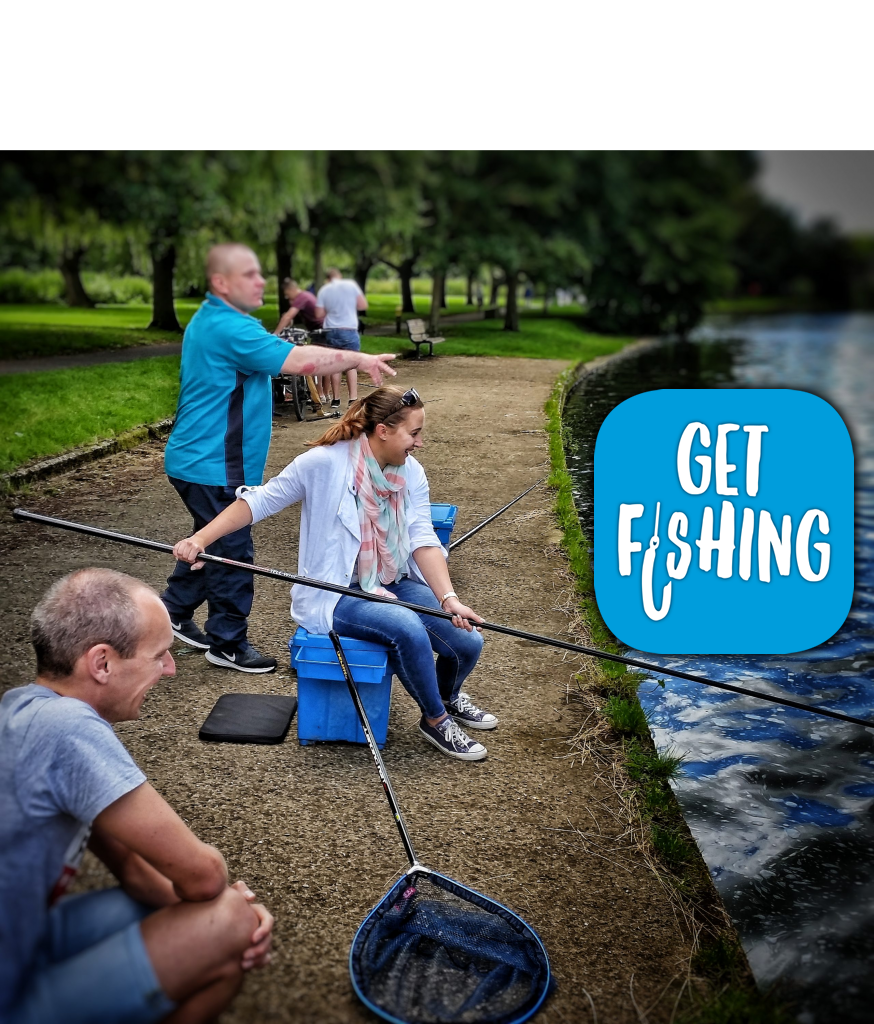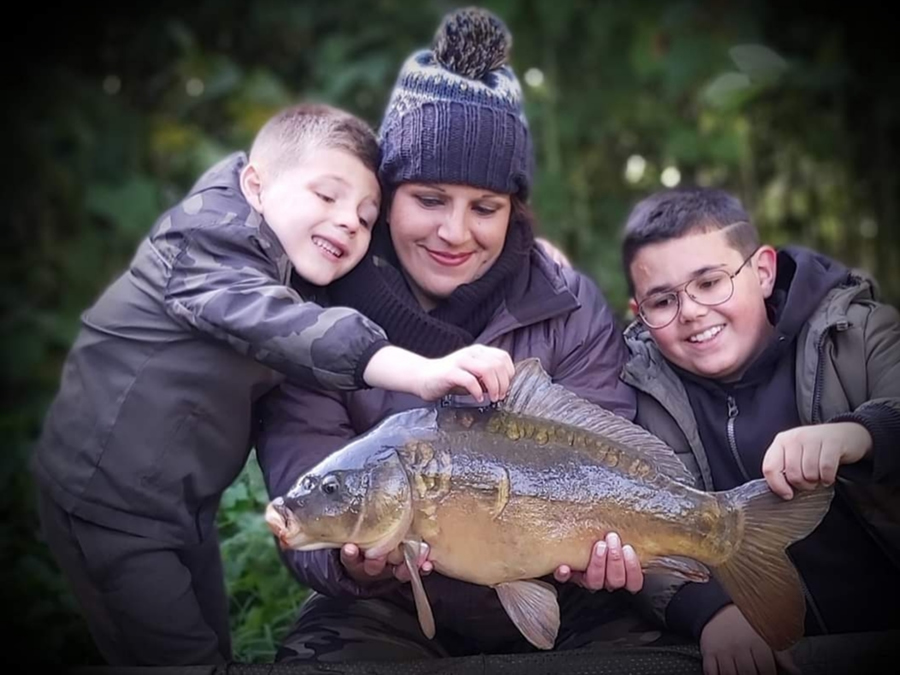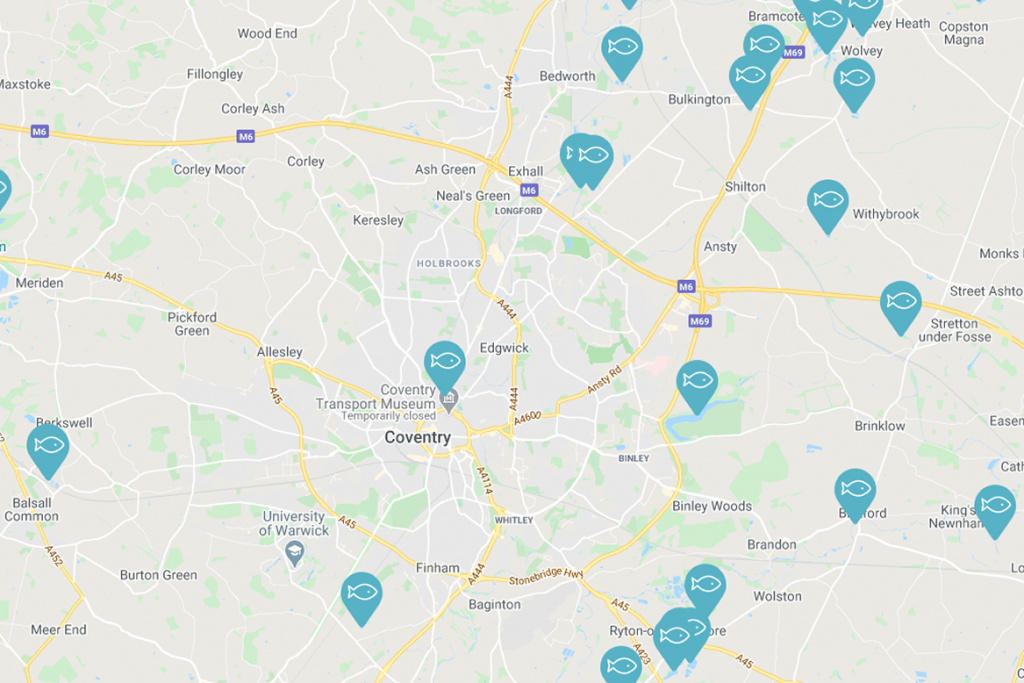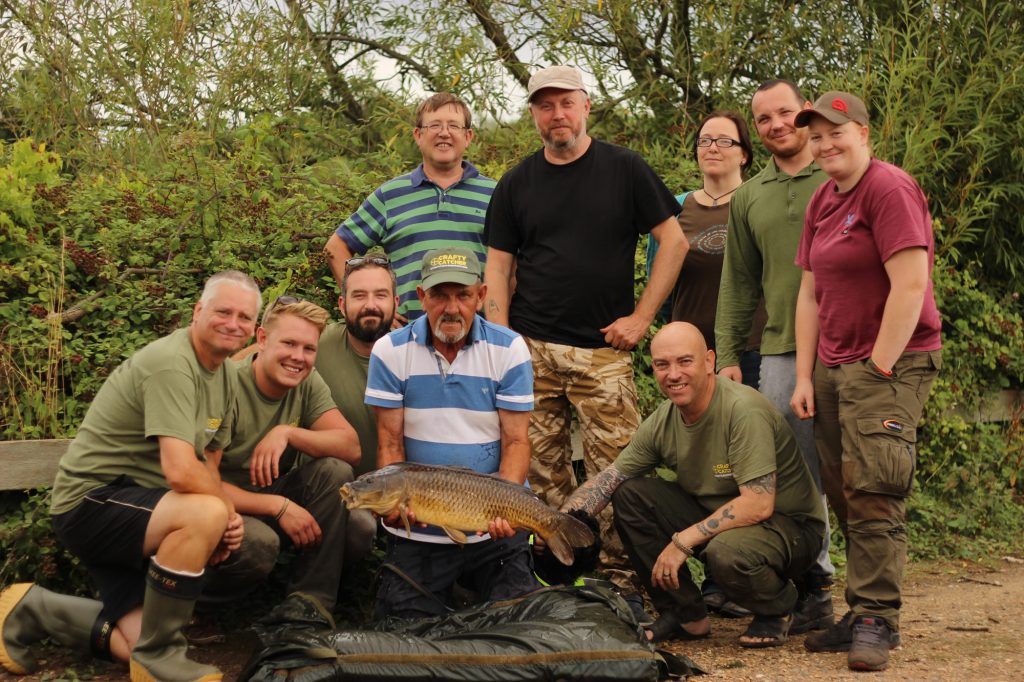
Blogpost
Big Questions 3: Predation – Jamie Cook
Predation is a subject that is emotive and at times divisive. There is no question that the massive increase in otter populations over the past 20 years has had significant impacts on many stillwaters and rivers across the country.
As a lifelong angler and someone who has invested plenty of time to catching specimen barbel and carp I can relate directly how horrible it can be to see a target fish, or one which has brought such joy in capture, succumb to predation. These were often old fish, in some cases much older than me, and many had been born into and grown up in environments where otters simply didn’t exist. Aside from pike they had no major predator to worry about and had lived their lives in that way. The re-emergence of an apex predator to an ecosystem which had developed significantly and changed in nature over 50-plus years was always going to have a significant impact, especially with this particular generation of fish.
Likewise, the enormous proliferation of cormorants and goosanders on our inland waters has decimated some fisheries and wiped out entire year classes of fish in a single winter. My first passion is river roach fishing and it’s fair to say that iconic rivers like the Hampshire Avon and Dorset Stour were hit so hard that many like me felt the incredible fish which fuelled our quests were something we would never see again. I’m delighted to say that we were wrong and once again both rivers, and many others, are producing those roach and dace of dreams once again. It goes to prove that whilst predation is a significant factor it is not the only factor. We have to concentrate on the things we can control and influence and in some areas manage and mitigate the situation proactively which I’m pleased to say we continue to lead the way on alongside credible partners.

Jamie Cook: big barbel in small rivers have been some of the hardest hit by otter re-introduction
Of course, predation is not the only issue affecting fish stocks. Our waterways are suffocating from all forms of pollution – from agricultural runoff to plastics, chemical pesticides to raw sewage. The sources of all this pollution roughly break down as follows; 40% comes from agriculture and poor land management, 35% from the water industry (mostly from sewage spills), and 18% from urban runoff and transport (e.g. roads, urban drains, etc). Through our Anglers Against Pollution campaign we are fighting hard to get real change and protect and improve the water quality our fish stocks depend on.
Finally, we can’t ignore the impact of the growth in signal crayfish populations. Whilst they clearly provide a food source to otters as well as a number of freshwater fish species which have grown to massive proportions in recent years, they have a huge impact at the bottom of the pyramid. We need strong fry retention to build a sustainable future and with signal crayfish drastically diminishing the size of the base of that pyramid in many areas by hoovering up eggs as fish are spawning, we can see that this matter isn’t as simple as it may initially appear.
I’ve seen suggestions that the Angling Trust have been silent on these matters. I hope you will see as you read on that this is absolutely not the case. Politics is the art of the possible and I also hope that as you get a sense of what we are doing and importantly why, you will see that the bravado and bar-room bluster of some who profess that they would “sort it out” and that there is a simple solution is mortally flawed and destined for not only failure but causing damage to the pastime we all love.
Q – What have the the Angling Trust actually done about otter predation?
A – Last year. I personally shared details of the Barbel Society’s otter petition with the most senior supportive members of both the Houses of Commons and Lords. They were absolutely clear that there was no political will or support for a cull on otters and that it would be hugely detrimental for anglers to be perceived as attempting to secure one. This doesn’t mean that we do not continue to explain the challenge that the return of an apex predator has had on an established ecosystem and take steps to minimise damage where we can. The situation was originally compounded by a completely irresponsible artificial release programme, that was implemented with no consultation or concern for the impact on fisheries or the livelihoods that they support. We continue to campaign to ensure that further introductions do not take place and that this also applies to rehabilitated animals.
On stillwaters we have worked with the Environment Agency to leverage fishing licence income for fencing and have secured and allocated almost £3m to clubs and fisheries which makes a real, tangible difference and allows those clubs and fisheries to plan for a sustainable, long term future. We have full time expert fisheries management advisors covering all of England who can support with applications, feasibility studies, planning and are licensed to trap and remove otters in certain circumstances. Don’t take my word for it, watch the video to see what one fishery have to say about working with us:
On rivers our focus has been on the areas we can influence and ensuring that we have healthy environments in which fish stocks can flourish, this includes abstraction and habitat destruction as well as pollution. Otters are an indigenous species and are here to stay, and in a healthy environment nature will find a balance – a situation we are starting to see on a number of rivers where the fish had no experience of co-existing alongside otters.
On the Barbel Society website they refer to the stretch of the river Severn they have recently taken on as “rapidly returning to former glories” and whilst we can’t claim that some of our smaller rivers such as the Great Ouse or the Kennet are producing the record-breaking captures they did in previous years this is another nod to nature beginning to re-establish a balance which I know has been echoed by other specialist anglers and river experts.
We must continue to present evidence and solutions which protect our fish and fisheries responsibly, I can’t turn back the clock and as a community we have to accept that and look to what we can influence. There is no benefit to arguing about what has gone and what could have happened differently.
Q – Why do the Angling Trust not support a cull of otters?
A – Recent years have seen a growing trend in groups wanting to either see our sport banned or at least seriously curtailed. Look at the 2021 report, endorsed by the current Prime Minister’s partner, attacking catch and release fishing, or the attempts to have angling rolled up within the animal sentience laws. Just last year there were attempts to ban all angling in all highly protected marine areas, at Admiralty Pier in Dover and at the Sevenoaks Wildlife Reserve in Kent, and last month Nottinghamshire Wildlife Trust announced they are banning angling on the Attenborough site which has seen anglers as custodians for decades before the organisation proclaiming to protect it even existed.
Who has led the fight on each of these matters, supporting local stakeholders to achieve a positive outcome for anglers and angling? That’s right, the Angling Trust and I’ve been proud to work alongside some brilliant and passionate people to achieve this. We are respected by politicians and the public for benefits we bring to both society and the environment. This is our greatest defence against the antis and the last thing we need to do is to provide an open goal for angling’s enemies which is all that calling for an otter cull would achieve.
For a law to change you need 326 MPs to vote for that change and I would be amazed if any angling group, society, action group or individual could convince even one single MP to vote for an otter cull – let’s unite behind what we can influence and please let’s stop accusing the Angling Trust for causing the situation or treating us as a route to vent frustrations which we share and are taking proactive steps to address.
We are an organisation run for anglers by anglers so to suggest we are not on the anglers’ side on this matter is futile. If you are reading this and feel you have something positive to offer to this area then you can contact me or my team directly.
Q – What are the Angling Trust doing about cormorant predation?
A – The cormorant is unquestionably one of the biggest threats to the health of our inland fish populations and there is hardly a country in the world that doesn’t accept the need for robust and effective management.
Cormorant numbers in the UK have increased from 2,000 in the 1980s to a current over-wintering population of more than 62,000, and with each bird requiring at least one pound of fish every day, the level of conflict is immense. Cormorants have no natural predators in the UK and with their removal from the general shooting licence in 1981 there has been very little limit on their growth in numbers.
With studies showing angling having a net worth to the UK economy of around £4bn the economic impact on fisheries and fish stocks of unsustainable cormorant predation is considerable. Many thousands of pounds are now spent on fish refuges and restocking of waters purely because current cormorant controls are so inadequate.
This burgeoning population, now over-wintering here in the UK, is mainly made up of the European sub-species Phalacrocorax carbosinensis, which prefer living and hunting inland in the freshwater of our rivers, streams and lakes.
Goosander numbers have also been increasing in recent years. Initially in Scotland, these birds are now regularly seen across the north of England, in Wales, and the west of England around the Wye and the Severn. With the range of pressures on our freshwater fisheries, this explosion in birds is having a demonstrable impact on many rivers and stillwaters. Whilst licences are available for goosanders control, the bar is set even higher than for cormorants.
Further evidence on the damage done by cormorants can be found in the Angling Trust dossier The Impact of Cormorants and Goosanders on River and Stillwater Fisheries in the UK which was submitted to government back in 2013 – yes, we’ve been on this one for a long time!
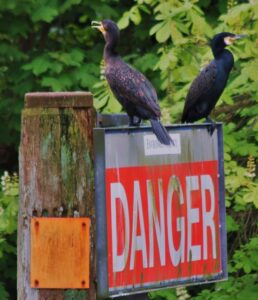
Q – Do the Angling Trust support the shooting of cormorants and goosander?
A – Since its conception in 2009, the Angling Trust has been campaigning to make it easier for fishery managers to protect their precious fish stocks from cormorant and goosander predation and for greater control of these extremely damaging fish-eating predators. We continue to believe that the best outcome would be for cormorants to be included on the general licence as long as the conservation status of the birds is not threatened. To this end we published, in 2019, alongside the Avon Roach Project, a comprehensive case entitled – The Impact of Cormorants on Fish Populations of Economic Importance and Conservation Significance. This made a powerful argument for cormorants to be included on the revised General Licences. The full paper can be found here.
However, despite strong representations made during the last review of the General Licence in 2019/20 we have not been able to persuade ministers to adopt this approach. This remains our position and we will continue to campaign for effective lethal controls on cormorant and goosander numbers to protect fish stocks from unsustainable levels of predation. Until we secure these much-needed changes we are continuing to press for the best possible outcomes within the current, inadequate licensing framework.
Our lobbying did see funding granted for two Fisheries Management Advisors and the granting of area-based licences to deal with predation across whole catchments. Clubs and fisheries can contact the Angling Trust for support in funding applications and advice on measures to protect individual fisheries.
Pressure from angling organisations and angling-related businesses initially saw a previous government introduce a limit on the number of cormorants licensed to be shot to 2,000, with a temporary increase to 3,000. Since then, the work of the Angling Trust has led to fishery managers applying for a greater number of cormorant licences. While more cormorants are now being shot, the applications exceed the allowable quota and population growth is massively outstripping control. It remains important that we are able to demonstrate, year on year, that the limit on numbers is severely reducing the ability of fishery managers to bring cormorant numbers down to sustainable levels.
However we are making progress and only last week (13 July), Natural Resourse Wales approved a fish-eating birds plan to protect salmon and sea trout, particularly during the smolt run. This will include a number of measures, including lethal control. The Angling Trust were key player in getting this over the line, working with multiple partners we put forward 19 recommendations to NRW, to facilitate the implementation of policy in relation to fish-eating birds in Wales, with the primary aim of aiding the recovery of depleted fish stocks. All 19 recommendations have now been accepted.
Unfortunately, we cannot expect to win consistent political arguments like this when we are on opposing sides from huge lobbying organisations with enormous paying membership. Anglers have the ability to be incredibly powerful as a group but we need to unite and collectively get behind a single organisation who can and have made a difference on key issues rather than argue about what we have not yet been able to achieve with such limited resources.
Q – What are the Angling Trust doing on signal crayfish?
A – The introduction of signal crayfish has had a disastrous impact on many fisheries including the River Kennet where I learned to fish. The Angling Trust has produced a series of advice and information around the identification, management, and removal of signal crayfish (as part of our broader advice on a range of non-native invasive species). These can be viewed on the Invasive Non-native Species section of our website. We regularly hold training and information workshops, both online and via our regional forums.
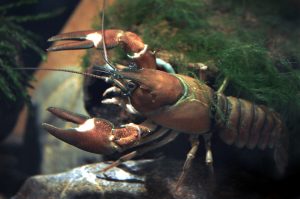
The Angling Trust is calling for a national strategy on signal crayfish which brings together the advances that have been made on crayfish control and, crucially, outlines an approach to effectively coordinate management at a catchment level. We voiced the need for this catchment-based approach in the ‘Management measures for widespread invasive alien species’ consultation in 2019 and during the Environment Audit Committee Inquiry in the same year.
The Angling Trust has been successful in lobbying for a floating pennywort strategy, and we believe a similar strategy should be developed for signal crayfish to ensure effective long-term control. The Angling Trust sit on several national working groups on invasive species and continue to push for this strategy to be produced. We have continued to support the exploration into different management options including the use of male sterilisation as an effective management approach.
More information is available here.
And a useful management guide can be found here.
The Angling Trust has also produced a series of Position Statements relating to predation issues. You can download them below:
Position Statement – Predation Mammals
Position Statement – Predation Birds
Position Statement – Predation Crayfish

Jamie Cook: in the early 80’s this was a big barbel for the Kennet
I didn’t fully understand the political landscape surrounding cormorants or otters when I joined the Angling Trust and Fish Legal and as you can probably sense I’m not inclined to duck or dodge difficult situations, lockdown probably gave you a sense of that. I hope that whether you agree with all of what we are doing or not this gives you a sense not only of how active we are on these issues but also of WHY we are taking the approaches that we are. I hope next time you see a social media thread lambasting otters or blaming the Angling Trust you can come back to this blog and form your own balanced opinion on how we move forward in the world as we find it.
Best fishes,
Jamie
You might also like

Angling Trust Presses Water Commission to Go Faster and…

VIDEO: Alice and her 3 boys have a day…

Recovery Rods help boost mental health and wellbeing by…

Teddy is hooked! – back for more fishing and…

Thank you to all our volunteers – you do…

Get Fishing Fund – Funded Project: HACRO were visited…
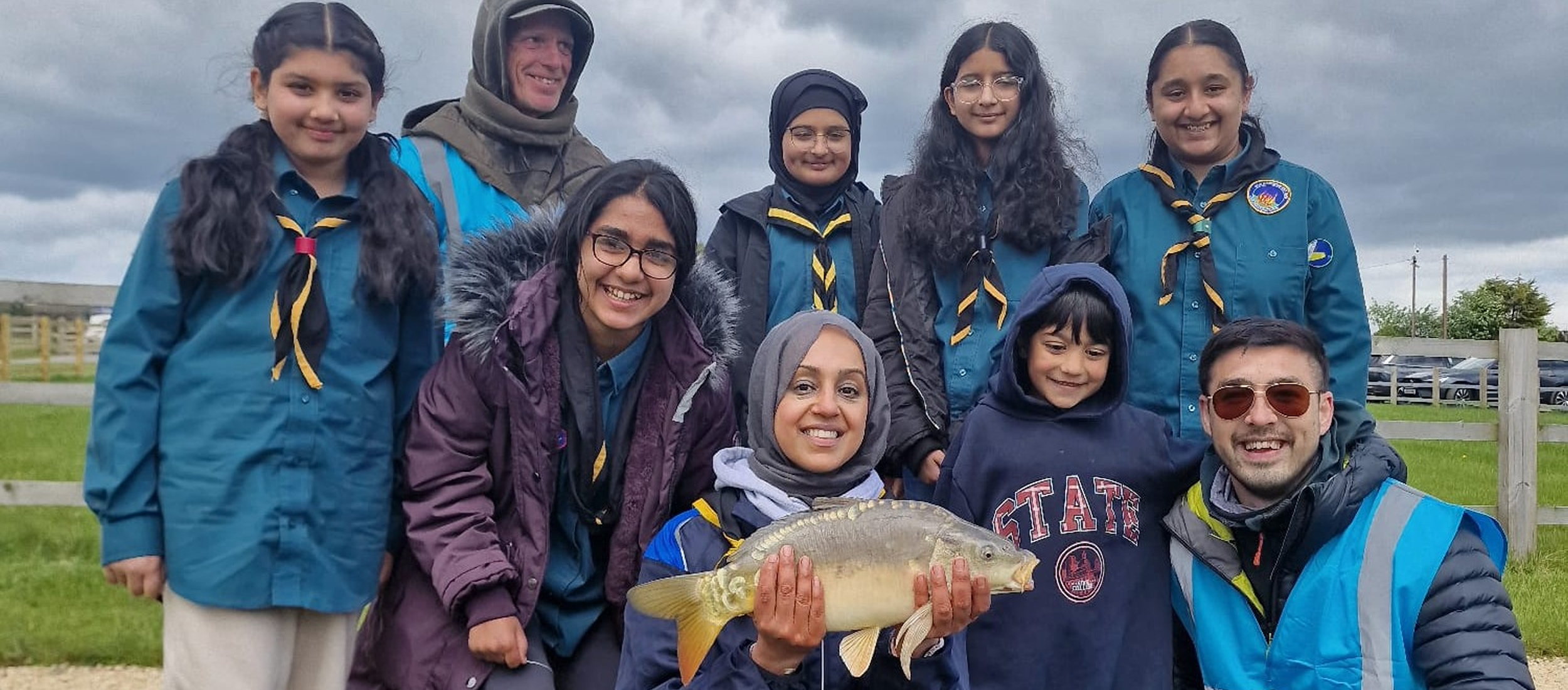
New Horizons had an amazing day taking part in…
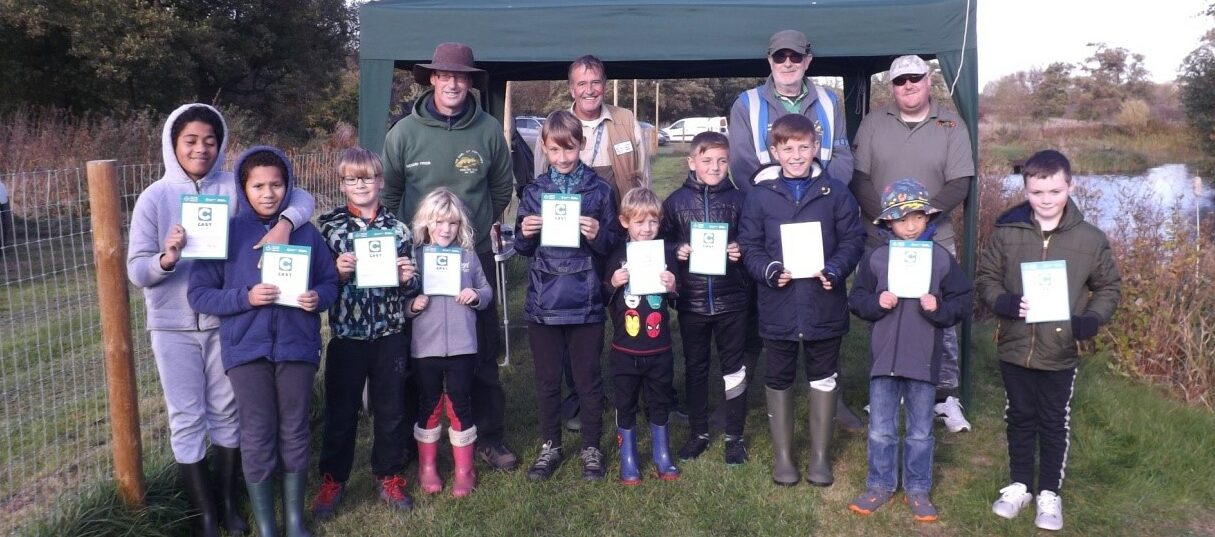
Get Fishing Fund – Funded Project Blog: Steve Clamp…

Somersham Angling Club hosted some fabulous Get Fishing events…
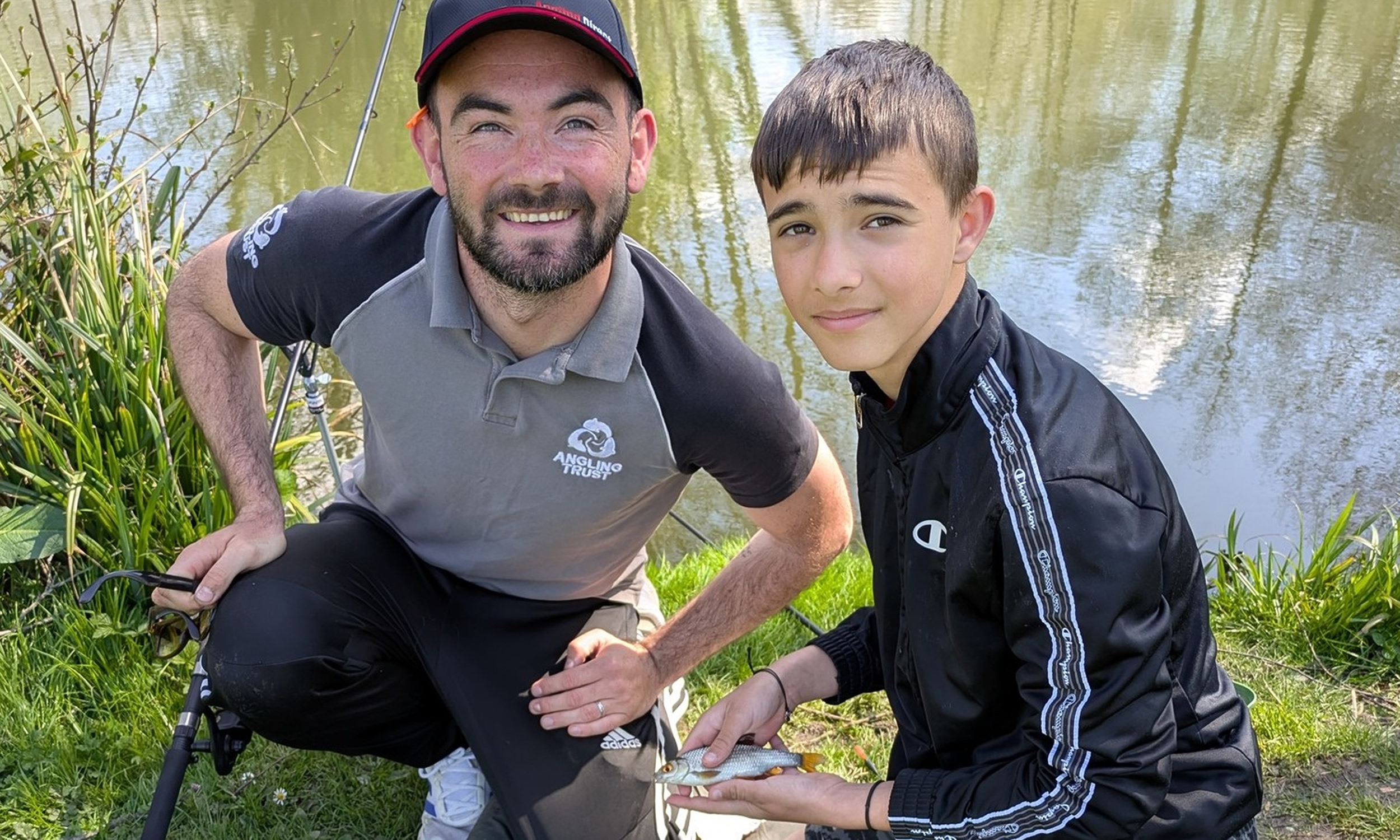
BLOG: Jack’s Back! What’s been happening in my East…

We want a water industry fit for purpose

VIDEO: What are your favourite fishing moments?! – Get…

Angling Trust Presses Water Commission to Go Faster and…

VIDEO: Alice and her 3 boys have a day…

Recovery Rods help boost mental health and wellbeing by…

Teddy is hooked! – back for more fishing and…

Thank you to all our volunteers – you do…

Get Fishing Fund – Funded Project: HACRO were visited…

New Horizons had an amazing day taking part in…

Get Fishing Fund – Funded Project Blog: Steve Clamp…

Somersham Angling Club hosted some fabulous Get Fishing events…

BLOG: Jack’s Back! What’s been happening in my East…

We want a water industry fit for purpose

VIDEO: What are your favourite fishing moments?! – Get…

Angling Trust Presses Water Commission to Go Faster and…

VIDEO: Alice and her 3 boys have a day…

Recovery Rods help boost mental health and wellbeing by…

Teddy is hooked! – back for more fishing and…

Thank you to all our volunteers – you do…

Get Fishing Fund – Funded Project: HACRO were visited…

New Horizons had an amazing day taking part in…

Get Fishing Fund – Funded Project Blog: Steve Clamp…

Somersham Angling Club hosted some fabulous Get Fishing events…

BLOG: Jack’s Back! What’s been happening in my East…

We want a water industry fit for purpose

